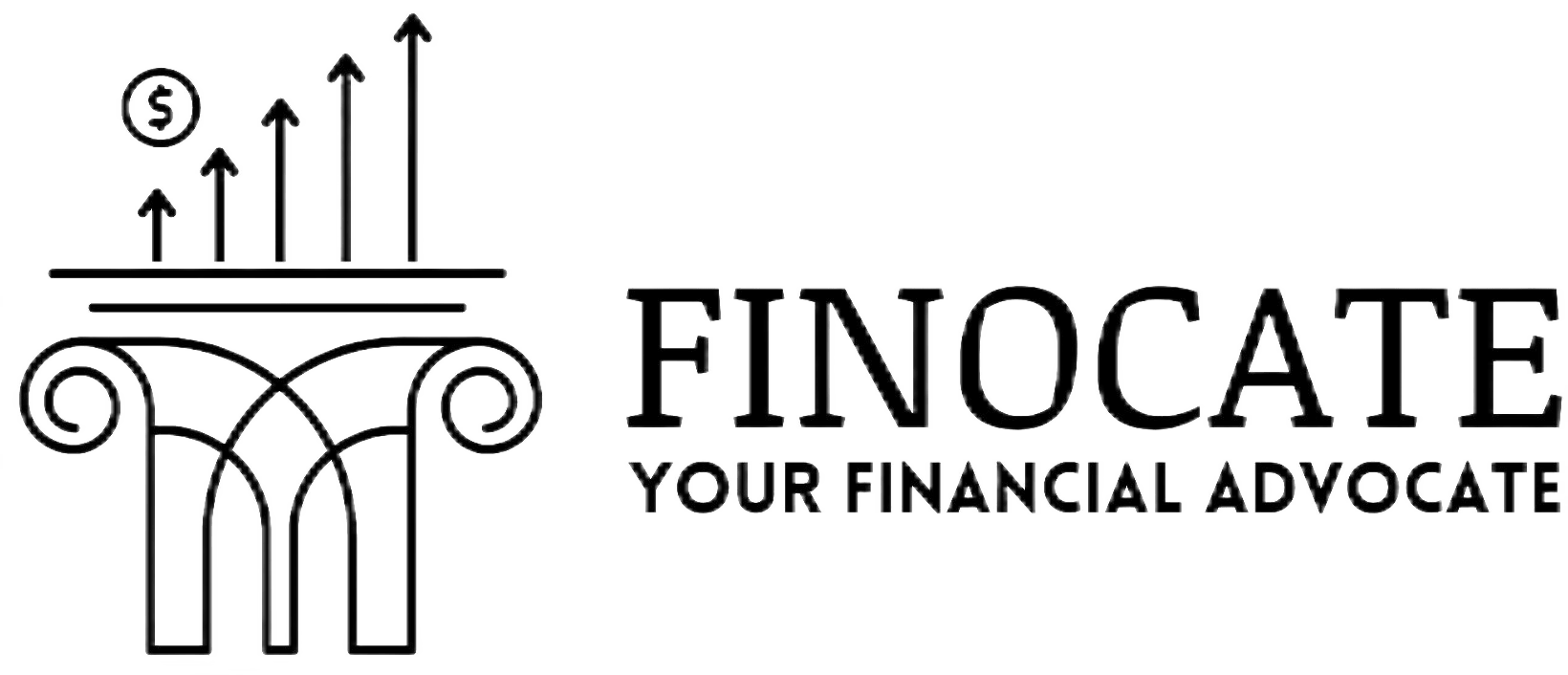
The 11th District Cost of Funds Index, or COFI, is a crucial financial benchmark that influences adjustable-rate mortgages (ARMs) in certain parts of the United States. It represents the average interest rate paid by financial institutions in California, Nevada, and Arizona. Let’s dive into what COFI is, how it works, its significance, factors affecting it, and its impact on borrowers and lenders.
Introduction to COFI
COFI serves as an indicator reflecting how much banks in the 11th Federal Home Loan Bank District pay in interest for the funds they use. It’s calculated monthly and plays a significant role in determining interest rates, especially for ARMs.
Understanding COFI
The COFI is compiled by considering various factors, with a significant weighting given to the interest paid on savings accounts. As a result, the index tends to exhibit low volatility and responds to changes in market interest rates at a slower pace. It’s typically regarded as a two-month lagging indicator of market interest rates.
It’s important to note that the interest rate on a mortgage doesn’t directly align with the COFI. Instead, the ARM rate is usually 2% to 3% higher than the COFI. The exact increase depends on factors such as the borrower’s credit history, loan size and terms, and the borrower’s negotiating power with the lending institution.
The COFI is primarily utilized in the western United States since it is calculated using data from financial institutions in three western states. In contrast, the eastern region commonly relies on the 1-year Treasury index as the preferred measure.
The Role of Federal Home Loan Bank of San Francisco
The COFI is published on the last day of each month as a reflection of the cost of funds for western savings institutions. These institutions must be members of the Federal Home Loan Bank of San Francisco, a self-regulatory agency, and meet specific criteria to be included in the index.
It’s fascinating to observe the COFI’s trajectory, taking into account the diverse factors that shape its movement in the market. The latest announcement from the Federal Home Loan Bank of San Francisco on April 30 revealed a COFI for March 2018 of 0.814%, which experienced a slight decrease compared to February.
By delving into the intricacies of the 11th District COFI, we gain a deeper understanding of its significance in the mortgage lending landscape. Its role as a key benchmark is a testament to its relevance and impact on interest rates in the western region.
COFI Compared to Other Indices
COFI differs from other indices like LIBOR and Prime Rate. While LIBOR is for interbank lending rates, COFI is regional and represents specific areas’ borrowing costs.
Predictions and Trends
Analyzing economic trends helps forecast changes in COFI. Financial analysts use this to assist borrowers in making informed decisions about loans.
Risks with COFI
Fluctuations in COFI can create uncertainty for borrowers, leading to unpredictable loan payments. This volatility can also affect the profit margins of lending institutions.
Regulatory Environment
Government regulations and oversight impact COFI’s behavior and its effect on lending practices.
Conclusion
The 11th District Cost of Funds Index (COFI) significantly affects adjustable-rate mortgages in specific regions. Understanding its intricacies, its relationship with economic factors, and its impact on borrowers and lenders is essential for navigating the dynamic landscape of lending.

